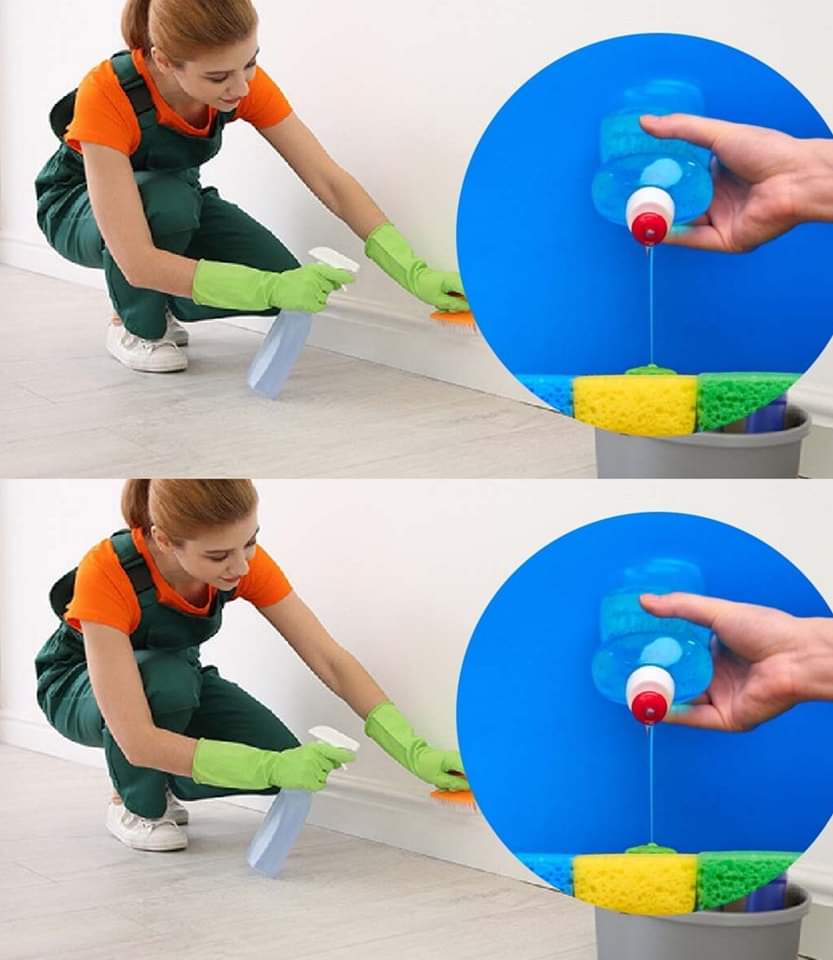ADVERTISEMENT
on to areas with dirt buildup or stains. For wooden plinths, always test the solution on a small, inconspicuous area to ensure it doesn’t cause any damage or discoloration.
For Complete Cooking STEPS Please Head On Over To Next Page Or Open button (>) and don’t forget to SHARE with your Facebook friends
Step 3: Scrub Away Dirt and Stains
If you notice any stubborn spots, gently scrub them with a soft-bristled brush or sponge. You can also sprinkle a small amount of baking soda directly on the stain before scrubbing for extra cleaning power.
For grease marks or sticky residues, allow the vinegar solution to sit for a few minutes before scrubbing to help loosen the grime.
Step 4: Wipe Down
After cleaning, take a clean, damp cloth and wipe down the plinths to remove any excess cleaning solution. This step helps to remove any leftover residue and leaves the surface looking shiny and refreshed.
Step 5: Dry and Buff
Once the plinths are clean, dry them with a soft, dry cloth. For an extra polished look, gently buff the surface with the cloth to give your plinths a beautiful, gleaming finish.
Bonus Tip: Protect Your Plinths from Future Grime
After giving your plinths a thorough cleaning, you can take a few steps to protect them from future grime and make your cleaning process even easier.
- Use a Protective Coating: If your plinths are made of wood, consider applying a protective finish or wax after cleaning. This will help protect the wood from moisture and make it easier to clean in the future.
- Regular Cleaning: Clean your plinths on a regular basis to prevent dirt buildup. A quick wipe with a damp cloth every few weeks will keep them looking fresh without much effort.
Why This Method Works Wonders
The combination of vinegar’s natural acidity, baking soda’s abrasiveness, and the gentle scrubbing action provides an effective yet gentle way to restore your plinths to their original condition. With just a bit of elbow grease and a few common ingredients, you’ll have your plinths looking as good as new, without the need for harsh chemicals or expensive cleaners.
Conclusion:
Using white vinegar to clean your plinths is a simple, effective, and eco-friendly solution that will leave them looking like new. Whether your plinths are made of wood, stone, or another material, this natural ingredient works wonders to remove dirt, stains, and grime, all while keeping your home chemical-free.
So, next time you notice your plinths looking a bit dull or dirty, reach for the vinegar and restore them to their former glory. With this simple trick, your plinths will shine like new—and stay that way for much longer. Happy cleaning! ✨
